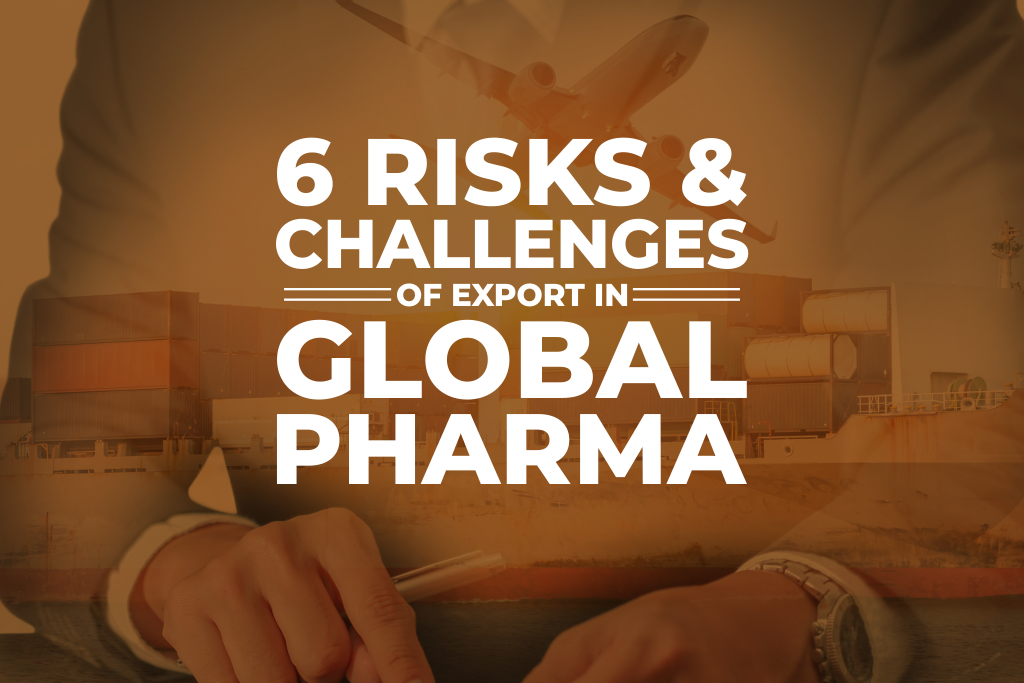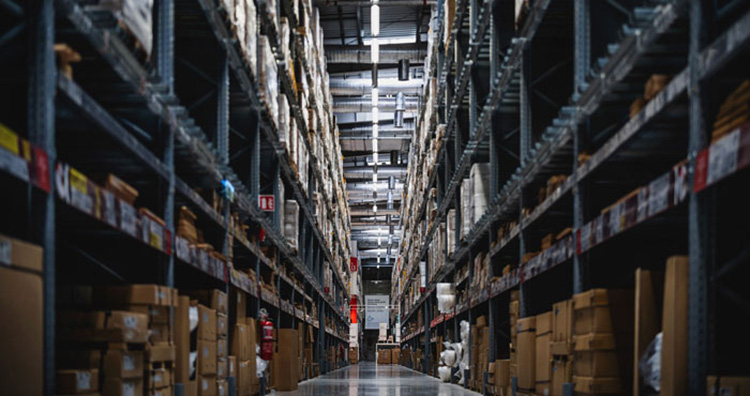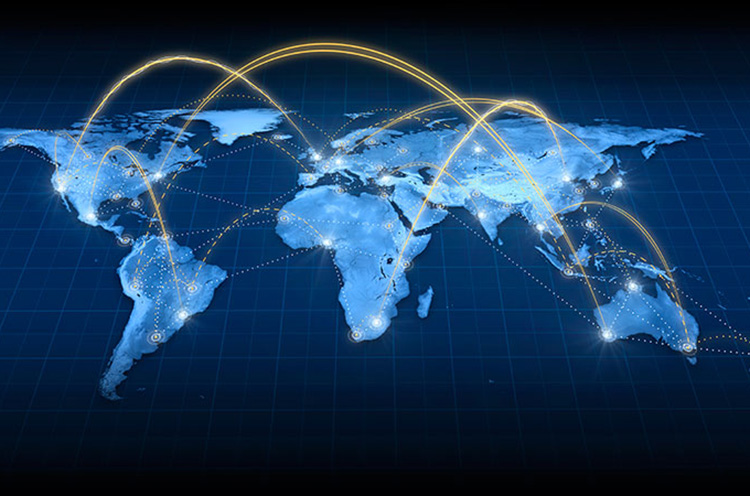
The Global Pharma export industry has witnessed unprecedented times in the past few years. While the demand for healthcare products to fight pandemics increased, some products simultaneously faced a downturn. According to the Pharmbiz report, “the growth of global pharma market decreased by 1-2 percent in 2020”. However, the export from the Indian Pharmaceutical companies is currently flourishing. “The exports of drugs and pharmaceuticals from India reported a 4.58 percent growth for the three months ending June 2021 at $5.78 billion compared to $5.53 billion during the same period last year.”
Control of robust export and distribution lines in the pharmaceutical industry is challenging. Although the pharmaceutical industry implements numerous ways to manage exports smoothly, the following are some risks and challenges in pharma export.
1. Maintaining appropriate storage conditions during export
Be it an API, an excipient, or finished goods, maintaining adequate storage conditions is an essential parameter for the safety and efficacy of pharmaceutical products. Storage criteria vary from product to product. For example, most pharmaceuticals require to be stored at room temperature, whereas some unique products require cold storage conditions.
Suppose appropriate storage conditions are not managed during exports. In that case, it directly affects the quality of the product and the consumer’s health. Moreover, suppose the products deteriorate during transport. In that case, it can cause a recall from the market, affecting the manufacturer’s reputation and resulting in wastage. Hence, it becomes an arduous task to maintain storage conditions during export from the warehouse to the pharmacy store.

2. Maintaining records of the distribution line
The pharmaceutical distribution line consists of an organized network of producers, wholesalers, and distributors who collectively make products available to consumers. To sustain for a longer time in the market, companies need to ensure proper distribution of products. However, in developing countries, where many pharmaceutical companies haven’t adopted digital handling modes of their supply, it isn’t easy to track all the transactions. Sometimes, shipment records are not managed well, and there are no logs of the missing products during transport. Moreover, one major obstacle of this system is that the health authorities have not imposed strict and detailed policies for the pharmaceutical distribution system. As a result, there is a lack of control over the distribution chain to trace the exports.

3. Handling supply of products during shortage/emergencies
Many countries do not meet the demands of drugs and preventive medical supplies during emergencies, especially during contingencies like disease outbreaks or the onset of a pandemic. With limited manufacturers and suppliers of shortage products, it becomes challenging to meet the requirements in countries with a large population. Moreover, with the travel restrictions and export/import bans, the supply of products gets affected. These factors sometimes lead to fake and illegal supplies of medical products during emergencies.
4. Managing the supply chain effectively
Regulatory agencies have increased pressure for quality pharmaceutical products to ensure consumer protection. Unlike food, consumers can not detect faults in medicinal products through taste, smell, sight, touch, or appearance. Thus, it is imperative to keep the quality of products intact throughout the supply chain. The pharmaceutical products transit from manufacturers/suppliers to pharmacies/clinics in the supply chain. In this process, there are many hurdles such as timely delivery of products, sustenance of temperature, inventory management, track of expired products, etc.

5. Adhering to rules and regulations of various countries
There is a vast difference in the drug distribution systems of developing and developed countries. Most of the national wholesale drug market is operated by a few firms in advanced countries. In contrast, hundreds or thousands of companies handle the wholesale drug market in developing countries, leading to poor drug distribution management. Moreover, it is difficult to export the same product in various countries, as the regulatory requirements vary from country to country.
6. Fear of counterfeit drugs
Global pharma is currently facing another challenge of counterfeit medicines due to weak supply chains. Counterfeit medicines are deliberately and fraudulently produced and mislabeled concerning identity and source to appear genuine products. One of the most significant risks of counterfeit medicines is that patients may not get the therapeutic benefit expected from the product. Furthermore, it affects the company’s reputation in the market. The industry and regulatory agencies are still working to dismantle this organized crime of counterfeit medicines.
Conclusion
We have discussed potential risks associated with the exports of pharmaceutical products. Therefore, the industry should follow the guidelines on “good distribution practices for pharmaceutical products” and take appropriate measures during exports.
Newedge Overseas exports a wide range of products to more than 40 countries in South East Asia, Latin America, Africa, Middle East, Europe, USA, and CIS region. It represents more than 500+ partnerships in India for our export markets. In addition, we have offices and a robust presence in India, Egypt, Ukraine, Iran, UAE, Colombia, USA, and Germany. With a robust mechanism in place, NEWEDGE Overseas undertakes due diligence of the supply chain and manages all due processes with commendable ease of operations. So kindly get in touch with us for the premium quality services, including competitive prices and timely delivery of consignments of your pharmaceutical requirements.